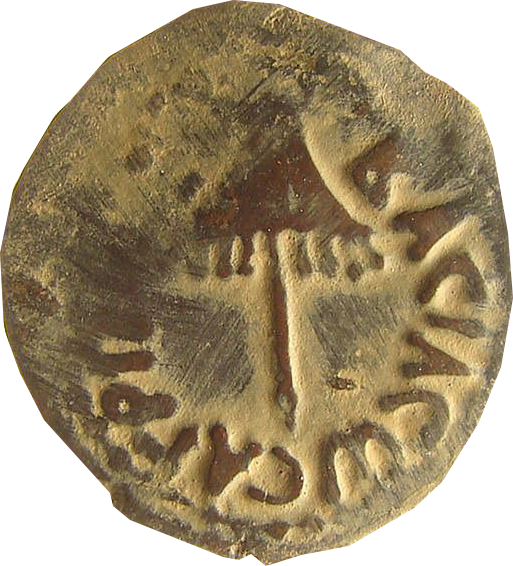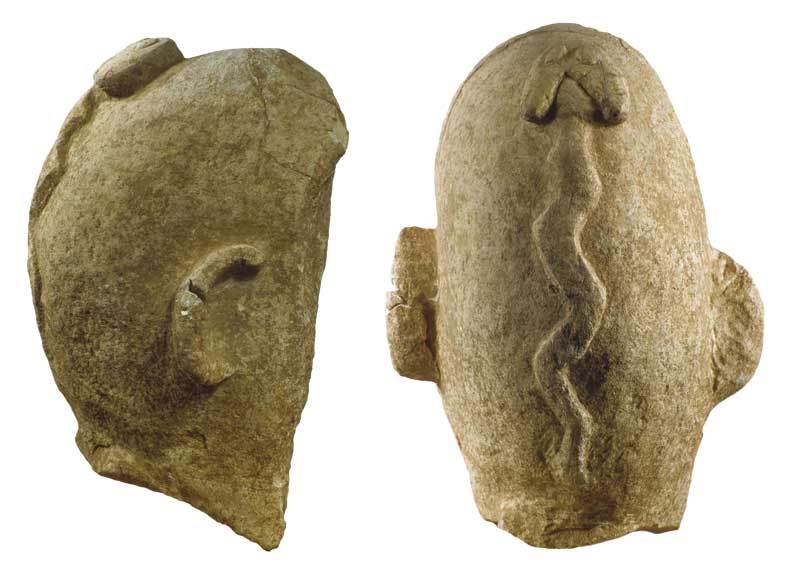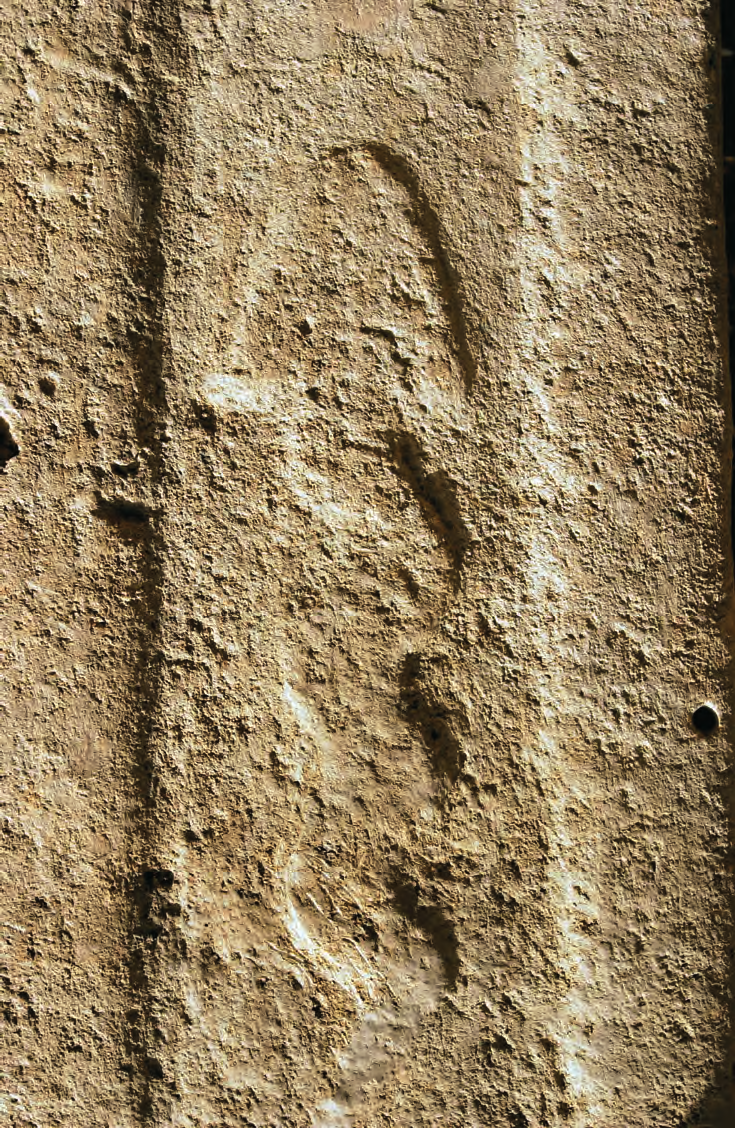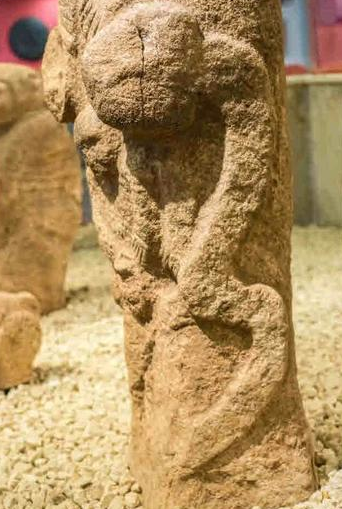Ancient Psychedelia: Alien Gods & Mushroom Goddesses
Online Book - Chapter 2, Page 37
Back to Online Book Mainpage / Next Page (Chapter 2, Page 38)
| The Umbrella as Mushroom Cap The early ancestors of man must have spent plenty of time in the rainfalls watching frogs and little creatures which took to the mushroom not only for shade but for protection from the rain, evoking the idea of an umbrella to keep water off the body. The shape of the umbrella is exactly like the mushroom and the umbrella utilizes spokes to keep the structure supported. Over and over we see the symbolism of the umbrella used to occult the mushroom in depictions ranging from steles of ancient Catal Hoyuk, in Anatolia, to Hindu holy parades and even down into Roman times where leaders were protected by them during processions. The humorous aspect is how there is never any rain depicted during these processions. The umbrella just covers the “holy leader.” When this is seen next to steles of figurines of the Buddha, the symbolism becomes much more obvious as we will see.   R: Gandhara, c. 900-1200 AD Early coinage We will see how the earliest coins, in India, c. 600 BC (punchmarks), went from square shaped to round very quickly, starting in Greece, over the course of the first 100 years of coinage. The roundness serves to symbolize the mushroom cap. We will also see how the striations or lines emanating from the cap led to the ridges along the edge of coins. We will inspect Indian and Persian as well as Greek and Roman coins, and observe mushroom imagery that has been hidden to the masses for centuries. Mushrooms are worn on headdresses, used as earrings, and indicated in a number of occulted ways. Sperm Serpents Author Mehmet Ates is the first author I have read to point out the possibility that some so-called “serpents” depicted in ancient petroglyphs and carved on some goddess figurines are actually sperm and not snakes. This would be fine and well if it were not for the fact that it’s possible that the snakes themselves are often symbols for yet another mystery, the mushroom. It’s also possible that sometimes these are sperm and other times, they are serpents and yet other times, mushrooms. Each image must be looked at independently. One of the images Ates shows in his book (Fig. 45) with a serpent as the goddess coiled up with something popping up underneath, appears to look more like a mushroom than a sperm, at least the way I see it. (42) |
Aten’s work is very good, and his book is very informative, however, he makes the common mistake here of attributing something to the sperm/serpent which is not an absolute. In the image of the serpent from Nevali Cori (8500 BC) (16d) as well as Gobekli Tepe (10,000 BC) (16f), two eyes appear to be visible on the head, and this part, is claimed to be the moon which the serpent is entering, indicating this is sperm, and not a serpent, of course. However, a close-up color image reveals that there are in fact, three round circles at the head. This could be the three phases of the moon, or it could be dots or spots from the mushroom cap. I would have to see another example of this, to be able to consider this as sperm or serpent. With all the mushroom imagery I have found, it’s not an absolutely established fact either way.  (16d) Nevali Cori Anatolia c. 8400 BC   (16f) Gobekli Tepe, Anatolia c. 10,000 BC (42) Mythology and Symbols, p. 72 |
Go Back to Page 36